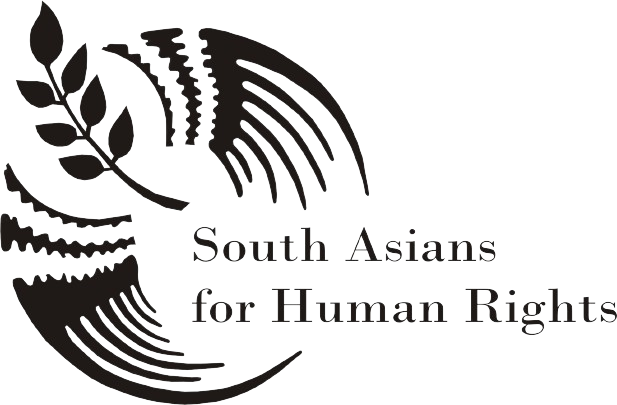DAY OF THE DISAPPEARED
KATHMANDU, AUG 30 – Nepal’s civil war may be over, but the fate of over 1,350 disappeared remains uncertain. Kamala […]
Read more →KATHMANDU, AUG 30 – Nepal’s civil war may be over, but the fate of over 1,350 disappeared remains uncertain. Kamala […]
Read more →Siddharth Varadarajan You know you’ve hit rockbottom when an intelligence operative in the Indian mission in Kathmandu calls up a […]
Read more →BARUN PANERU DADELDHURA, Aug 15: He was taken from his home in Bagarkot-5 on charge of espionage and left for […]
Read more →The National Human Rights Commission (NHRC) of Nepal breaks into news with regularity, and that gives an indication of the […]
Read more →Government assurances to NDC and OHCHR to implement court verdicts on caste-based discrimination 21 July, Kathmandu, Local Government authorities, including […]
Read more →Four years after the end of the conflict, there now appears to be a familiar pattern in the way in […]
Read more →Raj Kumar Siwakoti Every year on July 17, the world celebrates International Justice Day marking the anniversary of the adoption […]
Read more →The case of Sita Tamang shows the media needs to exercise caution when it comes to covering conflict-sensitive issues CK […]
Read more →Former child soldier Sita Tamang’s powerful testimony at the Security Council focused the world’s attention on Nepal’s Maoists EKAL SILWAL […]
Read more →Subash Shiwakoti The war against trafficking must incorporate action against poverty and marginalisation Human trafficking is a modern form of […]
Read more →